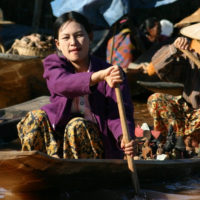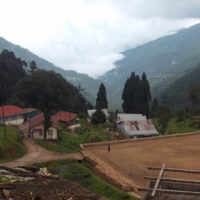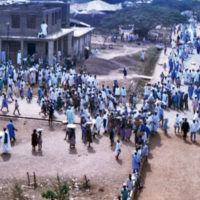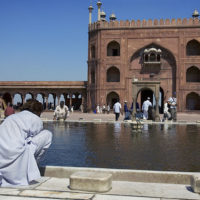MUMBAI – The supply of clean water is a world-wide issue. Access to and availability of clean water is so common to American households that we rarely think about it. Turn on the tap. Out flows safe, clean, potable water. Even when Gospel for Asia (GFA) and other NGOs explain the need for clean drinking water in Asia, Africa, and South America, we in America fail to comprehend the magnitude of the problem on a global scale.
Take India, for instance. Although the country has been recognized as one of the nations that has done the most to improve access to clean water, it is still home to 163 million people – half the population of the United States – who do not have access to safe drinking water.
The objectives set by the United Nations Sustainable Development Goals for 2030 and India’s aggressive National Rural Drinking Water Program are proving difficult to achieve. That is the finding of Report No. 15 of 2018 published by the Comptroller and Auditor General of India based on its findings as of March 2017.
Whether digging wells or piping safe water into communities, the task before us is enormous. Imagine the magnitude of an undertaking necessary to provide access to clean water for half the population of the United States. The sheer scope of the engineering, labor, and volume of materials needed is almost beyond comprehension.
China faces a similar crisis. Although statistically, its national water supply appears to be within a nominal range, 80% of its water is in southern China. Twelve northern provinces that are home to 41% of the country’s population suffer from acute water scarcity. China’s water crisis is going to be difficult to overcome within the UN SDG timeframe.
It is likely that South Africa will face another water crisis within the next year. Burgeoning metropolitan population is placing a drain on Brazilian resources as well. Even in the United States, interstate cooperation is essential to continually maintain and deliver adequate water supplies across multiple state lines.
Meanwhile, the objective of India’s National Rural Drinking Water Program is “to provide safe and adequate water for drinking, cooking, and other domestic needs to every rural person on a sustainable basis.” The NRDWP data shows
| 2017 Goals | Actual Status |
| 100% of rural habitations to have access to safe drinking water | Only 44% have access to safe drinking water. |
| 100% of government schools and anganwadis [1] to have access to safe drinking water | Only 85% of government schools and anganwadis to have access to safe drinking water |
| 50% of the rural population to be provided potable drinking water (55 lpcd1)[2] by piped water supply. | Only 18% of the rural population has access to potable drinking water by piped water supply. |
| 35% of rural households to be provided household connections. | Only 17% of rural households have household connections to water. |
Another major concern for India – and elsewhere – is that the investment in assets may provide “access” but does not yet necessarily guarantee “availability.” Being able to deliver clean water on a sustainable basis makes the solution even more complex.
In the meantime, we all work together to face a monumental challenge, sometimes one village at a time.
To read more news on the Clean Water Crisis on Missions Box, go here.
[1] Rural child care centers
[2] Liter per capital per day
Sources:
- India Spend, National Rural Drinking Water Programme ‘Failed’ to Achieve Targets: Government Auditor. Here’s Why
- Report of the Comptroller and Auditor General of India on Performance Audit of National Rural Drinking Water Programme
- India Spend, Despite Improvement, India Still Has Most People Without Close Access To Clean Water
- Gospel for Asia, Clean Water through Jesus Wells
Image Source:
- Gospel for Asia, Photo of the Day
For more information about this, click here.





